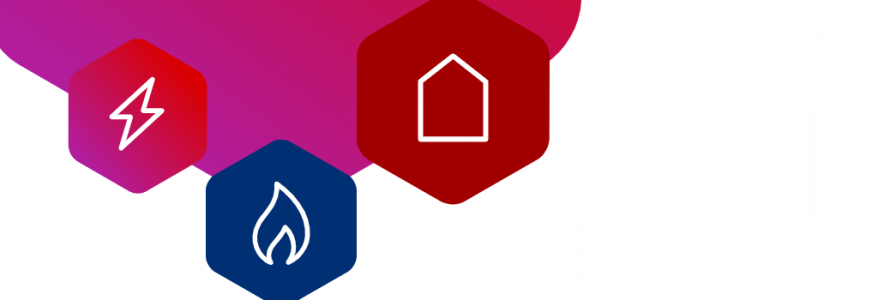Print blogartikel
Blog
IRENA: Waterstof binnen 10 jaar concurrerend met fossiele bronnen!
Hydrogen produced with renewable electricity could compete on costs with fossil fuel alternatives by 2030, according to a new report from the International Renewable Energy Agency (IRENA) published 17th december 2020.
18 december 2020 | 5 minuten lezen
|
|
|
|
|
|
|
|
|
|
|
|







